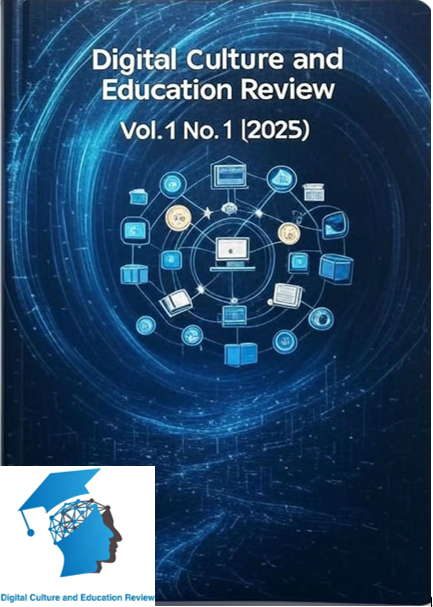Bridging the Digital Divide: Exploring Strategies for Inclusive Education in the Age of Technology
DOI:
https://doi.org/10.63718/dcer.v1i1.14Keywords:
Digital literacy, Technological infrastructure, Academic performance, Internet connectivity, Digital devicesAbstract
The rapid digital transformation of education has emphasized the importance of technology in shaping student academic performance. Digital devices, internet connectivity, digital literacy, technological infrastructure, and access to these technologies are key determinants of learning outcomes, but the relationships among these are seldom examined. This paper aims to investigate the impact of access to digital devices, digital literacy, internet connectivity, and technological infrastructure on student performance and examine the technological infrastructure's mediating role. Data were collected through a structured survey conducted among 350 university students in Poland, whereas after evaluation only 219 were found completed. To test the proposed hypotheses and assess both the measurement and structural models, Partial Least Squares Structural Equation Modeling (PLS-SEM) was employed. The relationships were analyzed using path analysis, and the constructs were evaluated for reliability, validity, and discriminant validity. Study results and findings indicate that digital devices, digital literacy, internet connectivity, and technological infrastructure significantly enhance students' performance (p<0.001). Access to Digital Devices was positively associated with Student Academic Performance (H1: Increasing access to digital devices improves students' academic performance with β = 0.195 and t = 5.450, p < 0.001). Similarly, Digital Literacy was found to have a direct positive impact on Student Academic Performance (H2: Results provide significant support that higher levels of digital literacy increase academic success (β = 0.220, t = 6.565, p < 0.001). Internet Connectivity also positively influenced Student Academic Performance (H3: (β = 0.228, t = 6.361, p < 0.001). Technology and its shared inhabitants must be exposed to and taught by digital literacy. No significant effects were observed for control variables such as gender, age, and experience. The study's findings concluded and underscore the relevance of digital literacy and technological infrastructure in amplifying academic outcomes. In this great digital age, institutions must invest in technological infrastructure and digital literacy to bridge the digital gap and enable students to succeed academically.
Downloads
Published
Issue
Section
License
Copyright (c) 2025 Jakub Kubiczek, Sirab Ali

This work is licensed under a Creative Commons Attribution-NonCommercial 4.0 International License.





